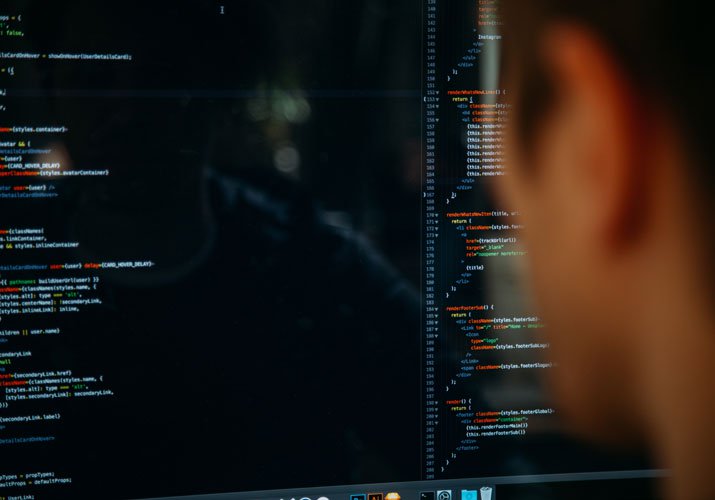
By Patty Chang | Director of Product Management, Brain Corp
26 August 2020

So, how does a retail business effectively and efficiently measure the cleaning and sanitizing of its public-facing spaces, along with everything else on its proverbial plate? The answer lies in the very technology designed to help achieve a thorough, visible, and consistent level of clean: autonomous floor care robots.
It’s no secret that self-driving floor scrubbers and vacuums have raised the bar when it comes to cleaning hard flooring and carpeted surfaces, respectively. However, these autonomous machines have a lesser known superpower that’s just as vital to successful operations: As they execute tasks that are too dull, dangerous, and/or dirty for humans, these cleaning robots are also capturing robotic operational data and uploading it to the cloud where metrics can be accessed and carved into a variety of insightful reports. These reports, in turn, provide leadership with usage metrics that allow them to vet how well their investments are doing compared to manual machines and humans doing the same work, while they also provide KPIs that drive strategic decision-making at the facilities and operations management level.
The value of metrics is multifold.
What types of real-time usage metrics are being captured while our robots are at work? They include square footage covered, hours of operation, how long a robot is run in autonomous vs. manual mode, and how many cleaning routes are executed over a designated period of time. With this information, facilities and operations managers can gain valuable insights that help them keep cleaning results on track, or make adjustments so they get back on track, e.g.:
- Cleaning Compliance
Ensuring compliance with corporate health and safety mandates, adherence to industry best practices, and observance of government guidelines are no small feat. Data provides peace of mind that the cleaning that needs to happen is actually taking place and at what time. It also allows managers to reassign staff to other enhanced sanitation efforts, making stores cleaner and safer for employees and customers alike. If compliance expectations are not being met, the data shows where adjustments can be made to ensure improved performance. - Showing Additional Hours of Productivity
In addition to long-standing labor shortages, constant multitasking and the enforcement of social distancing and mask-wearing have left the retail workforce stretched thin. Add to this a high turnover rate among cleaning staff, and it’s no wonder there is not enough time to get cleaning operations to established standards. Autonomous robots work alongside human staff to help create more cleaning hours so everything gets done. By capturing robotic performance data, operations managers can simultaneously verify work is getting done, while also showing how many additional hours of productivity are being gained as measured by autonomous hours of operation. - Operational Optimization
In addition to verifying which parts of a store are clean and getting a beat on cleaning performance for each robot and across a fleet, this information also allows managers to make data-driven modifications to a robot’s workflow. For example, robots can be programmed to repeat a floor-cleaning route in high-traffic areas or in departments that tend to need more attention (meat and fish departments). Other refinements include appropriately resourcing and staffing (hiring/firing) cleaning operations, and shifting operational priorities to ensure maximum cleanliness.
Investing in autonomous floor care machines brings greater efficiency, flexibility, and results to retail cleaning operations. But without a concise way of measuring the robotic machine’s performance, it’s like buying a car without an odometer or gas gauge. Real-time data capture provides the kind of meaningful insights that can boost cleaning results, reveal shortcomings so managers can quickly mitigate poor behaviors, and prove ROI.
For more information on the data-capturing capabilities of our autonomous floor scrubbers and vacuum cleaners, contact Brain Corp today.


Let Us Know What You Thought about this Post.
Put your Comment Below.